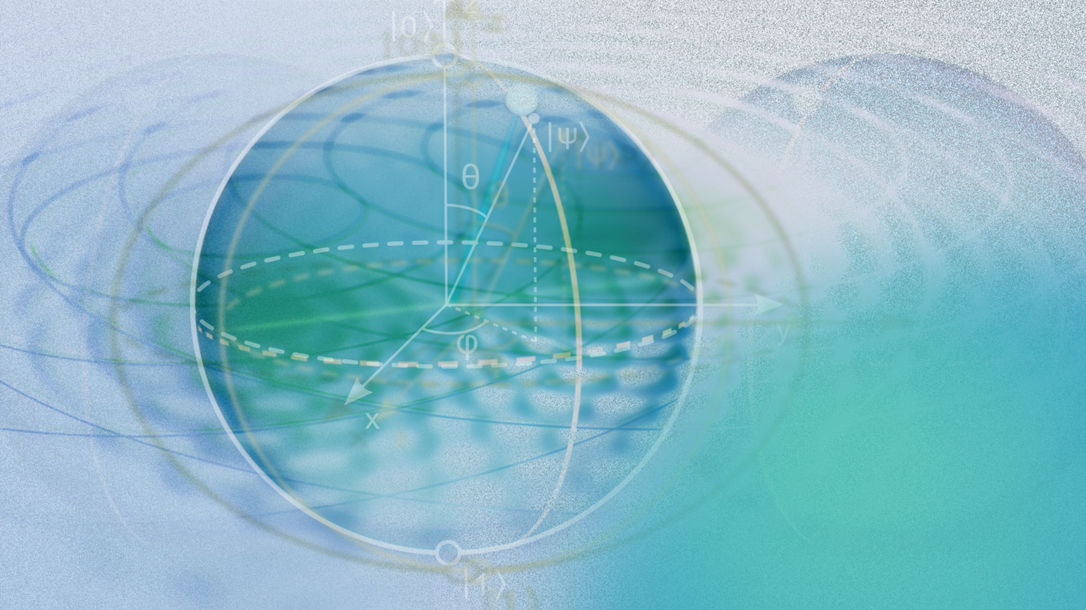Quantum interference is a phenomenon in quantum mechanics that arises from the wave-like nature of quantum particles such as electrons or photons. When a particle is in a superposition of multiple states, these states can interfere with each other leading to constructive or destructive interference. (As a reminder, superposition describes the condition in which a quantum system can exist in multiple states or configurations simultaneously.) This interference can result in specific patterns of outcomes when the particle is measured. In quantum computing, interference is used in various ways to manipulate and control quantum states and to perform computational tasks. By applying quantum gates that create superpositions of qubits, and by controlling the relative phases of the states, interference can be used to amplify certain outcomes and suppress others.
Interference is the basis of many quantum algorithms and can lead to significant speedups in computation. One example of such an application is Grover's algorithm, which is used for unstructured search. Another example of interference being used in an algorithm is the Quantum Fourier transform (QFT), a key algorithm in quantum computing that allows for efficient computation of certain mathematical functions. The QFT uses superpositions of different states, and quantum interference between them, to compute the Fourier transform of a quantum state. The interference between different paths in the QFT can be used to enhance the probability of measuring the correct solution and suppress the probability of measuring incorrect solutions, leading to a speedup in the computation.

Quantum interference is also used in quantum phase estimation, which is a technique used in various quantum algorithms to estimate the phase of a quantum state. Quantum phase estimation involves the interference between different quantum states, which can be controlled by applying quantum gates and measuring the resulting probability distribution. Furthermore, interference is a key concept in quantum error correction, which is necessary to protect quantum information from decoherence and other errors. By measuring the interference pattern of qubits, quantum computers can detect and correct errors that may have occurred during computation.





